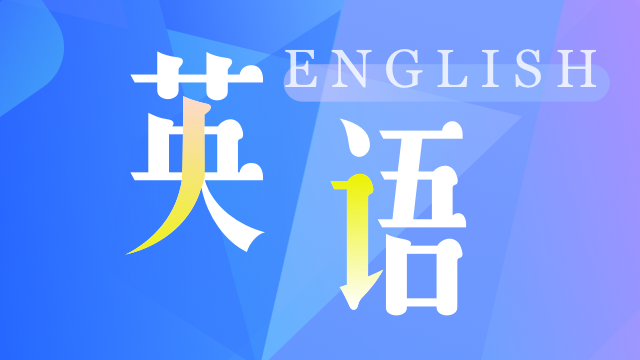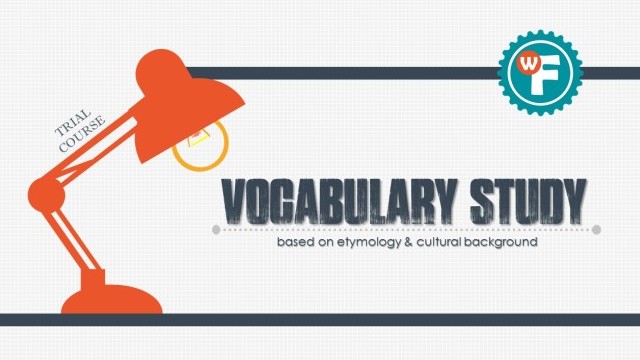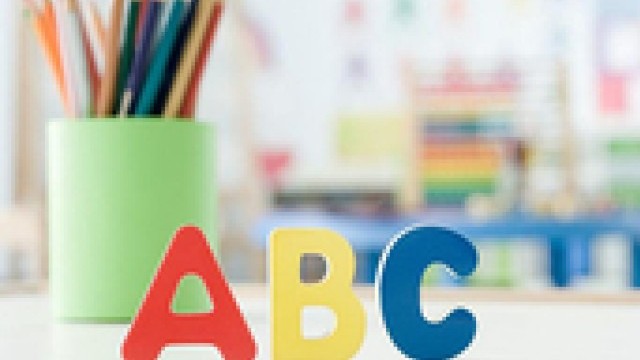“@”在各种语言中分别叫什么?
2016-03-12 15:10
Talking about the “at” sign is much more interesting if you’re not speaking English. The Wikipedia entry for @ lists names for it in over 50 other languages, many of which are colourful interpretations of its shape – and which, in true online style, often involve animal analogies.
说起“at”符号(@),其他外语比英语的用法有趣得多。维基百科上给出的“@”词条列举了50多种外语下的名称,在这之中很多都是对其形状的生动解释——通常是类比动物的网络流行语。
Armenians call it ishnik, meaning a “puppy” (curled up on the floor, I assume). Chinese terms include xiao laoshu in Taiwan, meaning “little mouse” and quan ei on the mainland, meaning “circled A”. Danes, meanwhile, prefer snabela (an “elephant’s trunk A”).
亚美尼亚人称其为“ishnik”,这是“小狗”的意思(大概是@像蜷成一团的小狗吧)。在中国,台湾人叫它“小老鼠”,大陆人叫它“圈A”,意思是“圈住的A”。然而,丹麦人更喜欢叫他“snabela”(大象鼻子的形状A)。
Hungarians have the less savory kukac (“worm” or “maggot”), Italians the slightly more palatable chiocciola (“snail”), while – two personal favourites – Kazakhs see a айқұлақ (“moon’s ear”) and some Germans a klammeraffe (“spider monkey” – or, more precisely, “cling monkey”). If you’re Greek, you say papaki, meaning “little duck.”
匈牙利人的叫法“kukac” (“虫子”、“蛆”)最倒胃口,而意大利人的叫法chiocciola(“蜗牛”)则相对可口一些,个人最喜欢的两种称呼是哈萨克人的айқұлақ(“月之耳”)和德国人klammeraffe(“蜘蛛猴”)。如果你是希腊人,你会叫它papaki,是小鸭子的意思。
There’s interest outside the animal kingdom, too. Bosnians go for ludo A (“crazy letter A”), while in Slovak it is a zavinac (“pickled fish roll”) and in Turkish a guzel A (“beautiful A”). There’s even a special Morse Code signal for @ – the only new symbol added since World War One – formed by running together the dots and dashes for the letters “A” and “C” as a single character: (·--·-·).
除了描述动物王国,这些外语对@也有其它称呼。比如波斯尼亚人称之为“ludoA”(“疯狂的字母A”),而斯洛伐克语中则叫“zavinac”(“腌鱼肉卷”),土耳其语中是“guzelA”(“漂亮的A”)。@甚至还有特殊的摩尔斯电码符号——这是一战后唯一加入新符号——它是由点和横杠构成的单一字符(·--·-·),意思是字母A(·-)和C(-·-·)。
All of which brings us a long way from email. For me, though, it adds a pleasant depth to the hastily tapped symbol on my keyboard: a little piece of the ancient Mediterranean lodged in modernity, and a supreme enabler of contemporary exchange.
不过这些都和电子邮件没什么大关系。对我来说,它可以增加打字的乐趣:这个古老的地中海符号运用于现代社会,有效地促进着当代信息交流。











